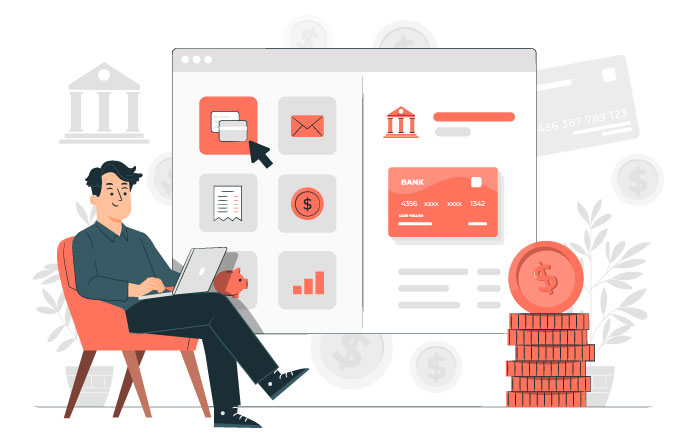In today’s digital era, managing money has never been easier—thanks to fintech. From sending money with just a few taps to investing from your phone, financial technology is revolutionizing how we save, spend, and grow our wealth. A growing number of users now trust fintech apps for everyday financial needs. In fact, 79% of consumers report feeling comfortable using fintech platforms, compared to 87% for traditional banks.
Whether you’ve split a bill on Venmo, bought Bitcoin, or tracked your expenses on a mobile app, you’ve already experienced fintech in action. Let’s explore what fintech really means, how it works, and how it’s transforming personal finance across the globe.
What Is Fintech?
Fintech—short for financial technology—refers to digital tools, apps, and software that help individuals and businesses access and manage financial services. It spans everything from mobile banking to investment platforms, peer-to-peer payments, robo-advisors, and more.
The main goal of fintech is to make financial services more accessible, efficient, and user-friendly. It helps users save time, reduce costs, and take control of their money—all from their smartphones or computers.
How Fintech Apps Work
Fintech apps simplify complex financial processes through smart technology. Here’s how:
- APIs (Application Programming Interfaces): Enable secure connections between banks and apps, allowing users to transfer funds, view transactions, or verify identities safely.
- Mobile Apps: Give users instant access to financial data, budgets, and transactions anytime, anywhere.
- Web-based Platforms: Offer the same convenience via browsers for desktop users.
For example, instead of handling cash, people now use Jupiter money, cred or UPI-enabled apps to send money instantly. These tools have redefined convenience in our daily financial lives.
Types of Fintech Apps Reshaping Personal Finance
1. Digital Banks (Neobanks)
Neobanks like Jupiter money offer full-service banking, including checking accounts, savings and even credit cards, without physical branches or traditional banking fees. Identity verification tools streamline onboarding and reduce fraud.
2. Payment & Money Transfer Apps
Apps like Venmo, Cash App, and Paytm allow users to make instant, cashless payments. With 41% of Americans now making all weekly payments online, fintech-driven transfers are becoming the norm.
3. Personal Finance Management (PFM)
Apps such as Brigit, Dave, and Copilot help users track spending, monitor budgets, and get a full view of their net worth by syncing data from multiple accounts.
4. Wealth Management & Robo-Advisors
Fintech solutions help financial advisors and wealth platforms collect information from accounts at other banks. This lets them manage more money and give better, more complete financial advice. For example, Cred and Jupiter money is a subscription-based platform that gives users affordable access to financial advice, educational resources and investment products.
5. Embedded Finance
Platforms like Shopify now offer payments and transaction management features, empowering users to handle payments within the app itself.
The Future of Fintech
Fintech isn’t just a trend—it’s a big and lasting change. Around the world, more people want easy and smart ways to manage their money, and that’s helping the fintech market grow. Innovations like embedded finance and AI-powered insights are making money management more intuitive and inclusive.
With projected revenues of $230 billion by 2025 in embedded finance alone, the fintech ecosystem is set to play an even bigger role in our daily financial decisions.
Conclusion
Fintech is fundamentally changing how we manage money—from banking and budgeting to investing and payments. As technology evolves, so do the opportunities to take greater control of our finances through easy-to-use, secure, and intelligent apps. Whether you’re a seasoned investor or just trying to stick to a budget, there’s a fintech tool out there for you.




